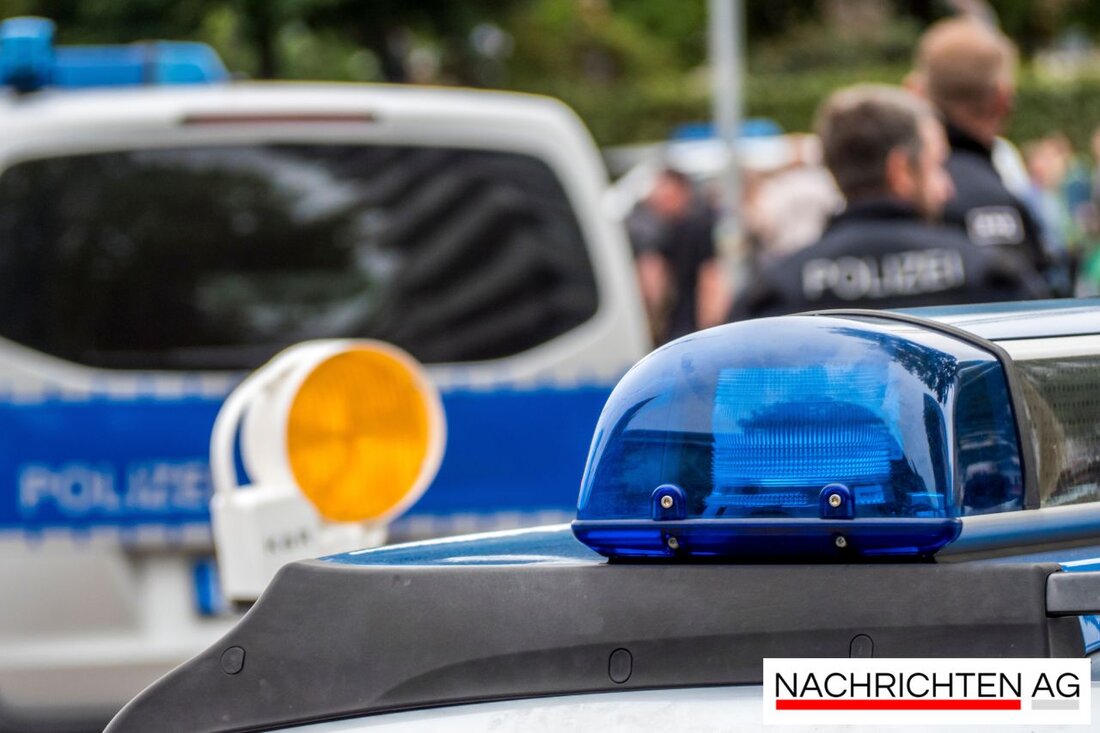Surveillance in focus: Mannheim model alerts citizens!
Mannheim has been testing AI-supported surveillance cameras for behavior analysis since 2018. Discussions about security and data protection flare up.

Surveillance in focus: Mannheim model alerts citizens!
An exciting pilot project for video surveillance is currently being tested in Mannheim, which is already causing a lot of excitement in other cities. While strolling through the city, Svenja, a woman in her late thirties, noticed several surveillance cameras on the market square that were not only filming but also analyzing her behavior. A total of 70 cameras are installed in Mannheim, 46 of which use clever software that enables them to recognize movement patterns. The monitoring devices turn people into stick figures and record movements such as punches, kicks or even aggressive postures. As netzpolitik.org reports, the so-called “Mannheim Model” has been active since 2018 and is intended to document both criminal and “normal” behavior.
Monitoring takes place in the Mannheim police command and situation center, where the alarm is raised in the event of suspicious movements. What's special: recordings are stored for at least 72 hours and can even be kept for up to 28 days or longer if they are relevant to the police. Despite the security aspects, there is a mixed mood among the Mannheim population; some citizens feel safer, while others are critical of surveillance.
Security and technology
In an action plan presented by Interior Minister Thomas Strobl and Mayor Christian Specht, video surveillance is discussed as part of the strategy for more security in Mannheim. There are currently 68 surveillance cameras installed in the city, 10 of which have artificial intelligence. These AI cameras are programmed to detect certain movements, which enables the police to be alerted, as SWR reports. The plan is to continuously increase the number of AI equipment until the end of 2026. In addition, the legal basis for surveillance should be secured by a new legal opinion, which could further legitimize its use.
The security authorities emphasize that the technologies continue to learn and the number of false alarms is decreasing. However, human police officers continue to decide whether to actively intervene after analyzing the videos. The introduction of a weapons ban zone in parts of the city center, which has been in force since December 2023, also shows that Mannheim is focusing on prevention, especially on weekend nights.
Global perspective
It is also exciting to look beyond the city limits: a study by the Berlin data protection company heyData shows that video surveillance takes on different dimensions worldwide. Beijing has over 800,000 cameras in use, while in London, for example, around a million cameras monitor, with the density there being around 600 cameras per square kilometer. For German cities, however, the number of public cameras is relatively low because strict data protection guidelines such as the GDPR apply, which entail many restrictions, as ComputerBild describes. These differences show that the use of surveillance technology depends heavily on the respective social context.
With the ongoing discussions about the correct use of surveillance technologies, it is clear that the topic is becoming more and more urgent and that both security aspects and data protection must be taken seriously. The Mannheim model could serve as an example for other cities to initiate similar approaches. But the question remains: How much surveillance is necessary to ensure security without slipping into a surveillance state?

 Suche
Suche